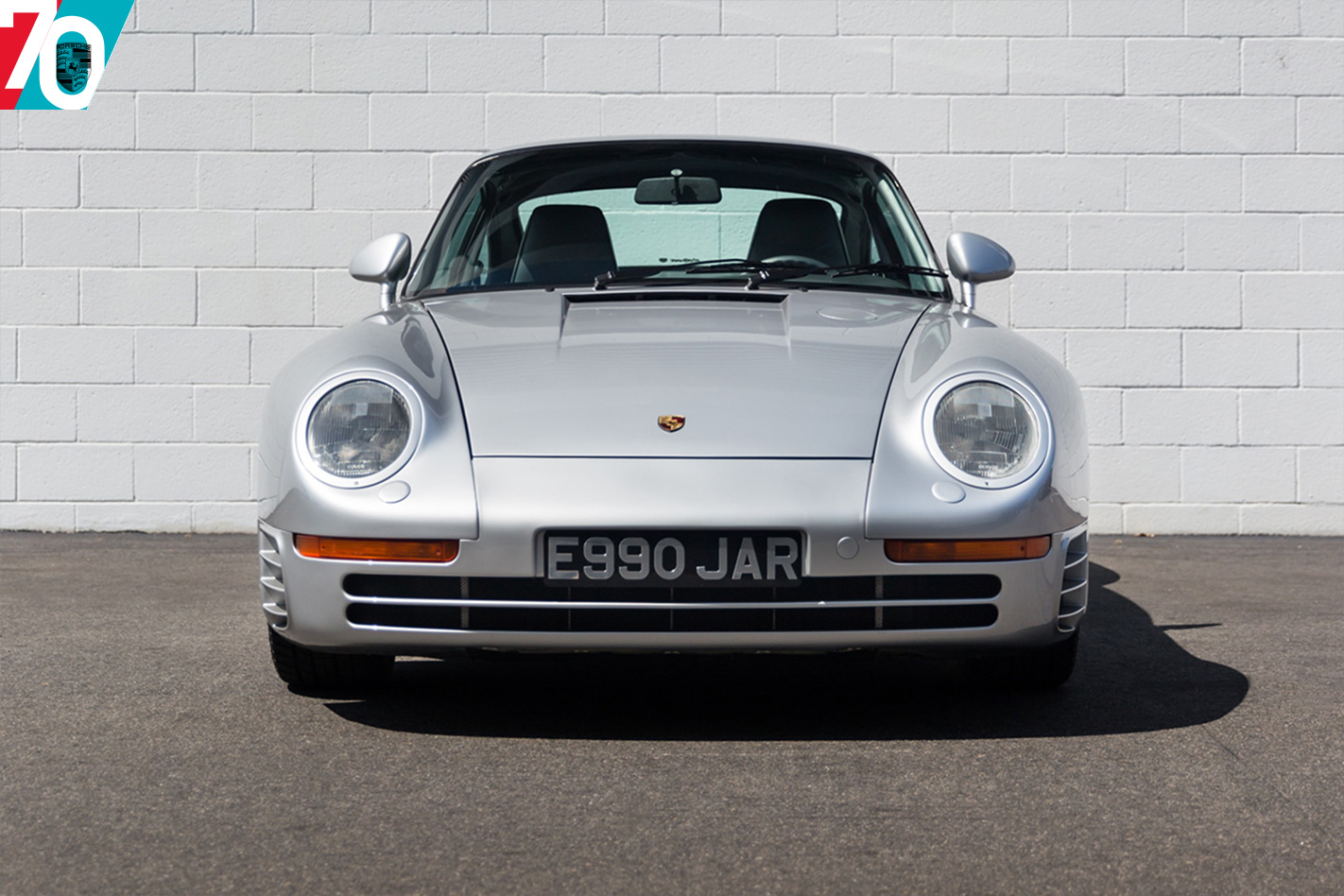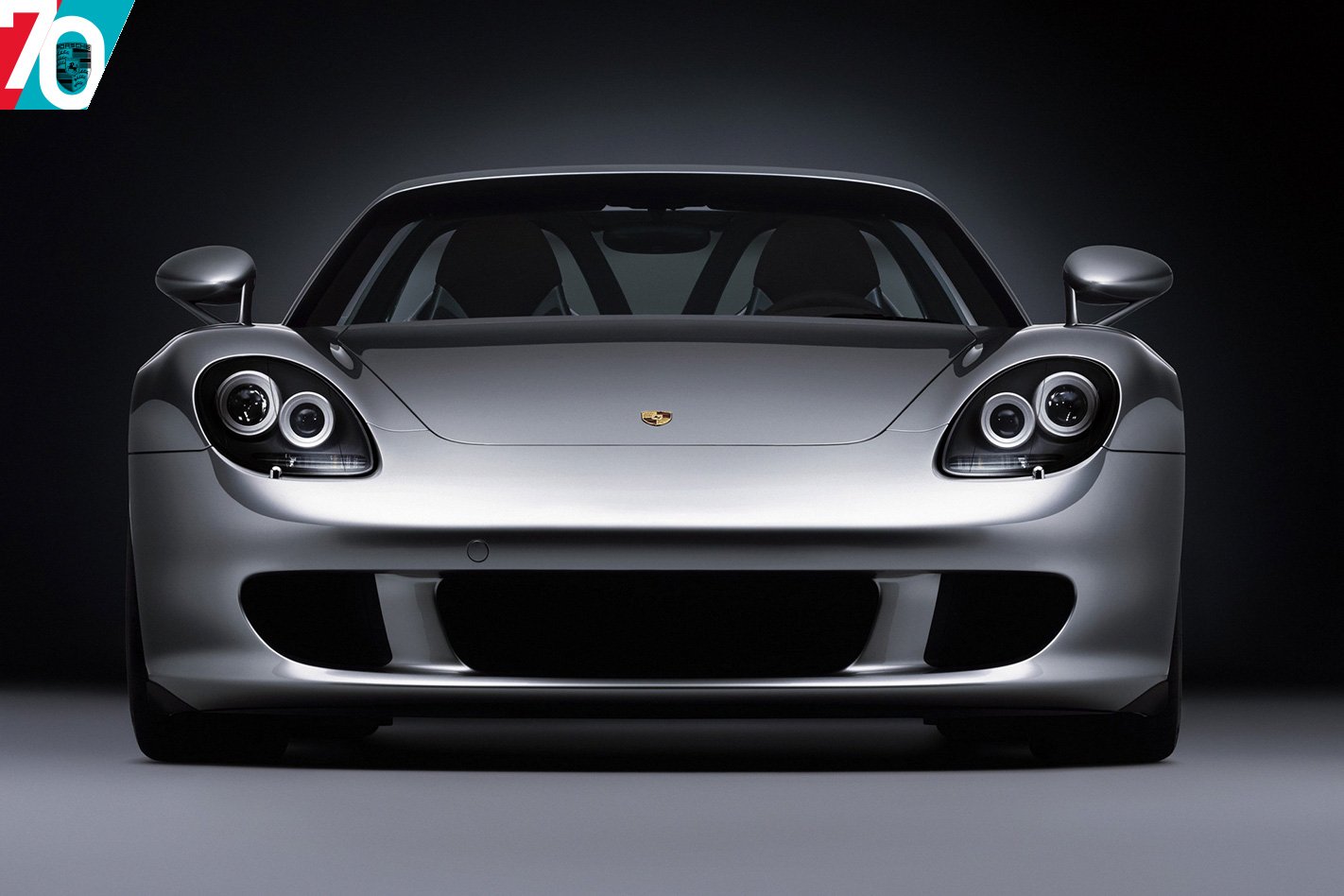Porsche’s 70th birthday sees the marque in ruder health than ever before. Wheels celebrates the company’s seven decades of engineering excellence forged on road and track.
IT FEELS almost sacrilegious to cherrypick just three cars from seven decades of Porsche heritage, none of which are 911s, but this trio naturally elevates itself atop the median. Elitist? We prefer extreme; the cars that stretched the boundaries of what we thought was possible. Not all of them were commercially successful. The 959 retailed for around US$300,000 yet it cost Porsche more than twice that to build each car. Like BMW’s ill-starred M1, it was built by Baur and was also designed to compete in a race series that had been legislated out of existence by the time it was ready to turn a wheel in anger.

As much as anything, the 959’s story is the story of Helmuth Bott, Porsche’s brilliant head of R&D who aside from developing the 959, designed the Weissach test track and introduced the wind tunnel and crash testing at Porsche. It was Bott’s vision that poured one innovation after another into the 959. Functional active suspension, tyre pressure monitoring, sequential twin turbos, a dedicated off-road gear, water-cooled cylinder heads, composite body, dynamic all-wheel drive – all of this was rocket science for what was briefly the fastest road car in the world back in 1983.

The Carrera GT feels like an analogue throwback in comparison, with its purist manual gearbox and normally aspirated engine but it featured a carbon tub and subframe, ceramic composite brakes, inboard suspension and one heck of an engine. The V10 was originally designed for the Footwork F1 team after Porsche delivered them a stinker of a V12. Footwork ditched Porsche for Ford halfway through the 1991 season so never got to race the V10. The engine was then heavily modified for a Le Mans tilt, but the board rightly decided that the money would be better spent developing the Cayenne SUV, and it ended up in a concept car at the 2000 Paris Show.
Customer interest was sufficient (and capacity at the Leipzig factory available) such that Porsche planned to build 1500 cars, but revised airbag legislation in the US saw that figure capped at 1270. The production version overdelivered in one key criterion, though. Where the concept promised a 5.5-litre V10 with 416kW, customers received a 5.7-litre V10 powerplant good for 450kW and one of the rawest, most thrilling sports cars available at any price. Hindsight now shows that here was a car that represented peak fury; an era of hugely powerful cars developed before stability control technology became a mandatory fit.

Blend the aggression and focus of the Carrera GT with the technological ambition of the 959 and you naturally arrive at the 918 Spyder hybrid. In terms of power output, it is to the Carrera GT what a Carrera GT is to a modern Boxster S. It’s a pure statement of intent that, like the 959, will see its tech bleed into Porsche’s production sports cars for years to come. It’s also a reminder of how far the company has progressed. When 959 production officially ceased in 1993, Porsche was a basket case; the company’s global sales amounted to little over 14,000 cars per year. Last year it sold nearly a quarter of a million vehicles. That’s thanks in no small part to the vision and engineering genius behind the 959, the Carrera GT and the 918 Spyder.





